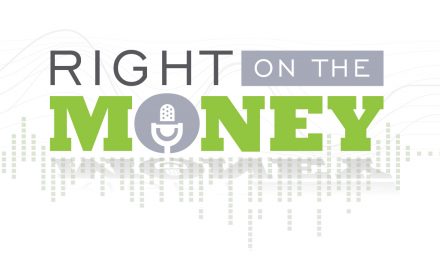Tax Planning Now May Pay Off Big at the End of the Year is part one of Money Tips taken from the full episode of Right on the Money.
In general, taxable income can be categorized into three basic areas: personal service, portfolio and passive. Certain adjustments can reduce your tax bill through tax deductions, exemptions and credits if you qualify for them. Tax planning at the beginning of the year may pay off big at the end of the year.
The United States uses a progressive tax system, meaning as you earn more, you may cross over into a higher tax brackets, known as “bracket bumping.” The goal of tax planning is to remain in the lowest bracket possible and stay away from bracket bumping.
As a taxpayer, there are some basic concepts to understand so you and your tax consultant can have an informed conversation. Personal-service income includes salary, bonuses, business income, and for retirees, Social Security benefits (maybe). Portfolio income is generated from dividends, interest, royalties and capital gains or losses. Finally, passive income comes from limited partnerships, rental income and capital gains on passive activities.
There are several opportunities to reduce you tax bill by qualifying for certain adjustments. As you get older, you may be subject age-related health issues. So on the medical front, contributing to a medical savings or health savings accounts can offer a tax deduction and free access to pay for legitimate medical expenses. Taxable retirement contributions to IRAs, Keogh and self employed SEP or Simple Plans can have significant impact on reducing taxable income during your working years. It can be even more critical for seniors to understand the tax implications during retirement.
If you can afford to delay taking Social Security benefits on the primary breadwinner to age 70 and your qualified retirement income to age 70½, it could really enhance your overall retirement revenue significantly. Another tax strategy to help mitigate the taxation of required minimum distributions from your qualified plan is using Qualified Longevity Annuity Contracts to delay some portion of you required minimum distributions from age 70½ to age 85. You need to consult your financial advisor on the rules of engagement on all these tax-planning tips. For retirees, tax planning is often the difference between living on a tight budget and enjoying a lifestyle with discretionary income.





